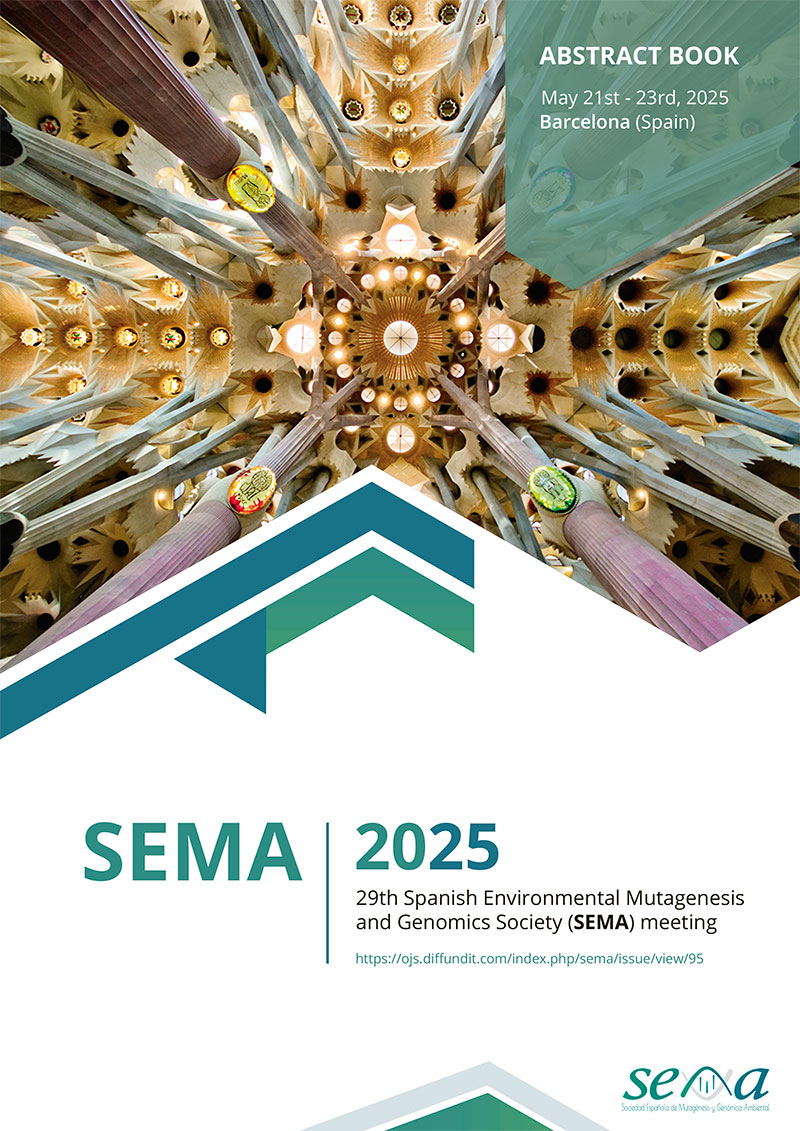Abstract
Assessing phototoxicity is crucial for drugs, cosmetics, and other chemicals that absorb UV-vis light, as these substances can initiate photosensitization reactions leading to direct or indirect DNA damage. Current established and validated methods, namely the in vitro 3T3 Neutral Red Uptake (NRU) and Reconstructed Human Epidermis tests, measure only photocytotoxicity (cell death) and are insufficient for detecting a compound's potential to cause photogenotoxicity. Furthermore, due to the limitations of animal models and recent international regulations emphasizing ethical considerations, there is an urgent need to develop in vitro assays specifically capable of identifying potential human safety hazards related to photogenotoxicity. This study aimed to establish a rapid in vitro method for assessing photogenotoxicity using the HaCaT human keratinocyte cell line. Six chemicals with well-known toxic properties —sodium dodecyl sulfate, chlorpromazine, benzophenone-3, 8-methoxypsoralen, p-phenylenediamine and chlorhexidine— were tested. Cells were incubated with the test compounds for 1 hour and irradiated with 4 J/cm² UV-A. After irradiation, treatment was removed and fresh medium was added. Cell viability was measured using the MTT and LDH assays, and an alkaline comet assay was performed both immediately following irradiation and 24 hours later at non-cytotoxic concentrations of the compounds and their vehicles, using a medium-high throughput format with 8 minigels per slide. Sodium dodecyl sulfate, p-phenylenediamine and chlorhexidine were classified as non-phototoxic, while the other tested chemicals showed PIF (Photo-Irritation Factor) values above 5 or MPE (Mean Photo Effect) values above 0.15. None of the chemicals showed increased DNA damage 24 hours after irradiation, likely due to DNA repair during this period. The study highlights the importance of assessment timing. Although further optimization is needed to reliably capture transient photogenotoxic effects, this HaCaT-based approach shows promise as a rapid, ethically-aligned method to contribute to the safety assessment of UV-exposed chemicals, addressing current gaps in photogenotoxicity detection.
Funding: Grant PID2020-113186RB-I00This by MICIU/AEI/10.13039/501100011033 (Ministerio de Ciencia, Innovación y Universidades, España).

This work is licensed under a Creative Commons Attribution-NonCommercial 4.0 International License.
Copyright (c) 2025 Spanish Journal of Environmental Mutagenesis and Genomics

